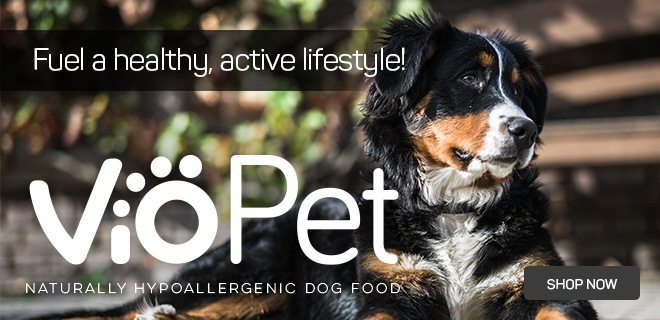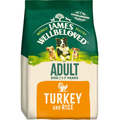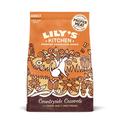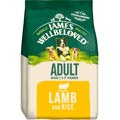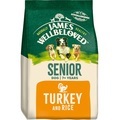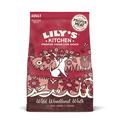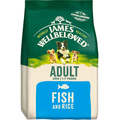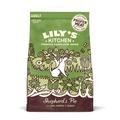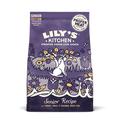There’s no denying the difficulty in not over-feeding a beloved dog, especially when they gaze up at you with those big puppy dog eyes and ask for ‘just one more treat.’
According to a recent study which looked at knowledge of nutrition amongst UK dog owners, roughly 90% admitted to not knowing how many calories their dog needed, while 11% of owners came clean about conscious over-feeding due to those aforementioned puppy dog eyes.
Realistically though, this 11% is likely to be much higher, as many of us will admit to giving the occasional treat or table scrap knowing it’s probably not the best idea or healthiest choice.
Interestingly, a number of owners were unable to identify a overweight dog from a healthy one, which goes to show why over half of all UK dogs are believed to be overweight.
When it comes to feeding, the most important thing you can do is read the feeding guideline supplied on the back of the food bag. This will tell you exactly how much you should be feeding for your dog’s weight.
Of course, this is just a guide, and sometimes there will be times when you need to adjust what you’re feeding. Your vet is always the best person to advise you.
Bear in mind the following things:
- Additional treats given during the day should always be accounted for in the overall daily calorie allowance. Younger, more active dogs can get away with more unaccounted for treats than older, more sedentary animals, but you should still be mindful of what you are giving.
- If you feed a mix of wet and dry food, make sure you are halving the recommended daily amount for both. If your dog weighs 15kg and the recommended daily amount of dry food is 200g or 2 pouches of wet food, make sure you are reducing this to 100g of dry kibble and 1 pouch of wet.
- If you have multiple dogs in the household, make sure they are not helping themselves to each other’s dinner. Feeding them at the same time with their own individual bowls should prevent this from happening (at least until the fastest eaters are finished, that is).
- Avoid all table scraps and human foods, and make yourself aware of the potentially dangerous foods you need to steer clear of.
- If you feed a raw diet, make sure you have done your research into the correct feeding amounts and ensure you are meeting all your dog’s nutritional requirements with the right balance of the different food groups.
- If you believe you are feeding the correct amount of food and yet your dog is still gaining or losing weight, consult your vet at your earliest opportunity.
For more advice, feel free to get in touch by either commenting below or emailing me directly: [email protected]
Written by: Hannah

